This is the text of a talk I gave for The Nature Conservancy earlier this week. Just a warning; it is longer than the average blog post. It seemed appropriate as a kind of wrap up. It takes you from the start to the finish. Happy reading.
John, and I have just returned from two years working with The Northern Rangelands Trust, in Kenya. We’ve been back in the United States for about a month. I have to admit I still feel a bit like Rip Van Winkle and I’m struggling to catch up. In many ways the cultural shock coming home is much worse than it was going.
We returned to Minneapolis during the Supreme Court’s big week when it ruled on the Affordable Care Act, gay marriage and the use of lethal injections. These are all hot issues in the U.S. but after two years in northern Kenya, they felt as foreign to me as eating goat and watching cows get branded and castrated used to feel. In northern Kenya medical care involves walking hours to find the nearest clinic and then selling your cows to be able to pay the doctor’s bills. Gay marriage isn’t discussed. Marriages are arranged, children are brides and polygamy is legal. On the death penalty issue, I didn’t hear many people worrying about the nuances of either due process or suffering. I remember one time after Lewa security ambushed and killed a rhino poacher I asked whether or not they were concerned about due process. They had literally just popped up out of the grass and blown the guy away. No warning like “stop, put your hands in the air, you’re under arrest.” The person I was talking to looked at me and said “the guy was on Lewa, armed with a G3 with enough bread and milk to hide for 3 days. That was due process enough.” No one felt sorry for the poacher.
On a lighter note, catching up on TV is another reentry problem. We keep hearing about all these great new series. We are two seasons behind on Game of Thrones and Downton Abbey. There is no way we’re going to catch all the new programs.
What I want to share with you today is how three organizations are working together in innovative new ways to change the game for the people, the animals and the environment in northern Kenya. The organizations are: The Northern Rangelands Trust (NRT), its new subsidiary NRT Trading and The Nature Conservancy. What these three organizations are doing is creating conservation linked economic opportunity. They are giving people at the bottom of the economic pyramid ways to make livings that don’t involve socially and environmentally destructive activities like poaching, charcoal burning, cattle raiding and over grazing.
I was asked to set the stage by telling you a little bit on who we are and how we landed in Kenya working for NRT. I would like to say that we got into this for wholly altruistic reasons, but the fact is it started as a desire for more interesting and meaningful travel. We’d become mildly dissatisfied with the adventure and eco-tourism we’d been doing. As tourists we felt like rocks skipping over the surface of the water; touching down just long enough to get a glimpse and then moving on to the next destination.
We wanted to find a way to combine travel with a volunteer experience where we could stay in one place for several months and put our business and educational skills to some use. John was recently retired from a career in teaching and I was what I call “post-corporate.” Most importantly for this story, I was also a Trustee of the Minnesota, North and South Dakota chapter of The Nature Conservancy and a member of its Global Advisory Council. In January of 2013 fellow Trustees Wendy Bennet and Jean Sweeney took a TNC trip to Africa and came back with a job description from the Northern Rangelands Trust. It was for a volunteer Enterprise Development Manager. Wendy handed it to me and said “isn’t this the kind of thing you are looking for?”
So, what started out as a casual search for a 3-month gig turned into a 2-year immersion into pastoralist Kenya and a life changing experience. And just to be clear, when we agreed to this assignment, neither John nor I had ever been to Africa and we really had no idea what we were getting into. When we were told that NRT needed us for 12 months, not the 3 – 6 months we were planning, we literally just looked at each other and said “What the heck, why not. It will be an adventure.”
For two years we lived in a thatched roofed stone cottage in the middle of the Lewa Wildlife Conservancy, a stunning World Heritage site. Mt. Kenya was framed in the middle of our wall of south facing windows and we looked out over a beautiful valley dotted with wildlife. We were 4 miles from our nearest human neighbors and 40 minutes by Land Cruiser over rutted dirt tracks to the nearest paved road. It was remote. A generator provided electricity six hours a day. Our shower and toilet were 50 feet from the house and water was heated by firewood. If we were missing an item from the kitchen larder, a simple trip to the grocery store took 5 hours.
Where some people work with animals and live with people, we worked with people and lived with animals. About 6 am every morning the hornbills started pecking on our windows to made sure we got out of bed. Our daily drives to work included about 30 species of road hazard including elephants, rhino, cheetah, giraffe, lion and zebra. Getting exercise was a real problem. We weren’t allowed to walk or run on the Lewa roads because of the very real possibility we’d encounter something with big teeth or a very ornery temper. Our sleep was regularly interrupted by things like elephants ripping up the plumbing right outside our bedroom window, Cape buffalo chomping on grass what seemed like three feet from the foot of our bed and by lions chuffing as they wandered by. I once had to jump back into the house when charged by two rhino while heading to the bathroom after dark. We became serious flash light connoisseurs and always grabbed the ones with at least a million candlepower
I could go on forever. It was more than we ever imagined.
Now on to business. NRT was founded in 2004. Its mission is to conserve wildlife, transform lives and bring peace to the people in northern Kenya. Seventy percent of the animals in Africa live outside the protection of public or private wildlife sanctuaries. In order for the animals to survive, people need to care about them and participate in their protection.
The situation in northern Kenya in 2004 was one of advanced landscape degradation, rampant poaching, too many livestock raids to count and escalating inter-cultural conflict made ever more deadly by the proliferation of fire arms. As the stories went, people slept with their shoes on in case they needed to escape in a hurry in the middle of the night. Elephants had learned to travel on the run at night to evade poachers. I remember watching dozens of elephant graze in the Lewa swamp and then at dusk, gather all at once, as if summoned by their leader and head deliberately and rapidly north. I was told the elephants would exit Lewa’s north gate and use the cover of darkness to traverse Leparua and Nasuulu. By morning they would reach their next island of safety, Samburu National Park.
NRT was created to turn this situation around by helping communities get what they want and need most; peace, physical security, good governance, basic infrastructure and, this is where I came in, economic opportunity. It has been a successful strategy. NRT started out with 2 conservancies: Il Nwgesi and Namunyak. Today there are 27 NRT Community Conservancies covering about 10 million acres and close to 500,000 people. Six new Conservancies have been formed in the North Rift Valley and are awaiting their official launch. Projections are that by 2020 NRT could have more than 50 Conservancies.
NRT is innovative and different from other developmental NGO’s working in the region. First it is community, not donor or single purpose, driven. NRT’s highest governing body is a Council of Elders elected by the people from within the Conservancies. NRT is embedded in the communities; many of its leaders and the majority of the staff are locals. Communities know that NRT is in it for the long haul. This makes us different from other NGO’s who tend to be time limited and project driven. Earlier this year I had an experience with a big NGO funded, 5- year livestock project. The non-profit had hired a bunch of consultants and started a series of actually pretty good projects but then ran out of time before anything got to the point of sustainability. They were desperate to find a reliable organization to pick up their baton. Unfortunately there was no funding attached and we didn’t have the capacity. That group is now gone and their impact quickly dissipating.
The people trust NRT to be an honest broker and a fair mediator. When two communities come to blows over cattle raids or grazing incursions they bring in NRT peace ambassadors to help calm the waters and negotiate a settlement. Most relevant to what I do, when an investor or commercial operator needs community support to get something done, NRT is the entry point for making that happen.
NRT Trading is a new organization incorporated last year specifically to focus on creating economic opportunity and conservation leverage within NRT’s Conservancies. When I first got to Kenya, my job seemed relatively simple; help NRT advance the three commercial activities it was already running. Livestock to Markets, a small cattle trading operation, beadcraft and micro-lending, a women-oriented business that financed, purchased and sold beaded items, and tourism, not really a business but an effort to attract more tourists and tourism investors to northern Kenya.
What I didn’t realize was that in addition to these three businesses, there were many others knocking at the gate. A forestry organization said we should harvest balanites fruit and send the seeds to Burkina Faso to extract the oil and press the rest into soap cakes. A Kenyan professor wanted us to start a wild silk business because he had developed a compound that allowed wild silk to be harvested by unravelling the cocoons rather than soaking, smashing, carding and spinning the fiber. MBA students from Oxford’s Said Business School had just produced a feasibility study and business plan for the creation of a mango pulping plant on the lower Tana River. This one was hot because it projected that the Ndera Conservancy would be making $1.8 million in profit within three years. A professor from SUNY Syracuse had a business plan for the development of a Carbon Credit business, hypothetically another big and easy money maker. TNC was beginning to look into sustainable fishing for the Pate and Kiunga Conservancies on the coast. And there were the ever-present devotees of organic honey and essential oils.
What we needed was a systematic way to sift through and rigorously test these ideas, pilot those with promise and then develop plans, raise capital and build the businesses that made sense. We also needed what I call “capitalist training wheels.” There is a lot of entrepreneurial energy among pastoralist but very little understanding of what it takes to build and operate a successful modern business. In these regions the economic thinking and behavior is short term and scarcity based. People have existed for a long time at the whim of weather, war and other unpredictable forces. For them the certainty of today’s trade trumps a long-term agreement or investment in the future. Their operating horizon is “right now.” Why devote time or money to financial controls or processes when the future might not happen? Why worry about commercial commitments or repeat customers? Why not take all the cash out of your business today because it might be gone tomorrow?
NRT wanted a way to protect its fledgling businesses from scarcity economics and to create a disciplined commercial operating environment. Mike Harrison, NRT’s CEO, wisely recognized that an NGO is not the right type of organization to get this done and decided to spin off a for-profit business incubator and holding company; NRT Trading.
It took a year of mostly bureaucratic wrangling to get NRT Trading off the ground but it was successfully launched last summer. At the moment NRT Trading is wholly owned by NRT but we will very shortly close a deal with TNC to come on as a 30% equity shareholder. We are considering bringing on other investors to raise venture capital and to strengthen NRT Trading’s focus on structured business incubation.
The third link in this economic opportunity chain is TNC and NatureVest. NatureVest is TNC’s innovative financing platform whose mission is to create and transact deals that deliver conservation results and financial returns.
We do not have nearly enough time for me to go through my tales of woe trying to raise funds to scale up Livestock to Markets, at the time probably one of the safest social impact investments in Kenya. That journey started by us working with several typical non-profit social enterprise funders. Let’s just say that after 6 months of endless meetings and no action, I was ready to shoot the next well-meaning 32 year old MBA who needed 8 more levels of documentation and financial analysis so that he or she could get comfortable with a $250,000 collateralized loan. I have never appreciated TNC more than when, on the basis rational documentation and several targeted conversations between TNC Africa, NatureVest, NRT and NRT Trading, they pulled the trigger and put their money where their purpose is. I suppose it helps to have a CEO who comes from Goldman Sacs, but TNC knows how to make a decision and take action. They understand that risk is inherent in this part of the world. They also know that effective, on-the-ground leadership is a much better way to mitigate that risk than yet one more study. That is actually why John and I extended our stay from one to two years. TNC was not comfortable making a $7 million investment when it looked like I would be leaving in 3 months. They could work with 15 months and I cared enough to sign up for round two.
LTM was one of NatureVests first impact investments. It is allowing that business to scale up from buying 1,000 head of cattle a year, which isn’t enough to make a meaningful impact on the community or to create real conservation leverage, to 10,000 head per year, which is. NatureVest’s investment has also triggered more than just the growth of a cattle trading business. It is incenting herders to improve livestock health through vaccinations and deworming. Since LTM pays for grazing, interest in healthy grass is growing. We are now able to start moving away from scarcity economics.
During the last livestock market that I attended, one of the Conservancy leaders gave us a good demonstration of the old way of doing business. Working under the assumption that LTM was a NGO funded “program” and therefore gullible and soft, he’d purchased 100 small, skinny cows the day before for between 8,000 and 10,000 shillings each. He held the cows overnight, walked them the short distance to the NRT Trading market and tried to sell them to us, as “community cattle,” for 20,000 shilling a piece. He was very insistent in a way pastoralist traders are; waving his arms and getting in the buyer’s face, feigning insult when we wouldn’t agree, insisting that we’d misjudged him and that his pricing was fair and then accusing us of wanting to take money out of the hands of poor old mamas and small children. He tried to draw me in by talking my hands, looking me earnestly in the eyes and telling me about all the work he had done in his community for gender equity and inter-cultural peace. When he didn’t get what he wanted he staged a walk out and herded his animals away in a huff.
We held the line on the integrity of the LTM cattle market and made a clear point that from now on this was a business. I also wanted to make an example of this particular case and reported what had happened to NRT leadership the next day. Two days later the Conservancy leader came into my office with an apology that included a wink and a smile and “you can’t fault a guy for trying.” I smiled back and said “you can’t fault us for saying No. And, by the way, if there are shenanigans like this next time, we will stop doing business with Nasuluu.” We shook hands and parted as friends. The NRT/NRT Trading partnership had worked.
In closing, if there is one thing I’d like to leave with you today it is that conservation is a global economic challenge that is very often played out at the local level by people living in the dollar a day economy. As we experienced again and again, economic opportunity is a game changer. It allows people to move away from “scarcity economics;” to think forward, to plan, to make longer-term decisions about how to use their land and their natural resources. It encourages them to put their kids in school and enables them to pay the school fees to keep them there. Women prefer to earn money through beadcraft rather than by cutting down trees to make charcoal. When communities get value from their wildlife, people warn authorities about poachers rather than turn a blind eye in exchange for a few shillings. Herders are beginning to understand that improving their own livestock is a better strategy for getting ahead – not to mention staying alive – than raiding their neighbors. Fundamentally, reliable income matters. The combination of NRT, NRT Trading and TNC/Nature Vest is a powerful strategy for making this happen in northern Kenya. There is still a long way to go, a lot of work to do and a lot of help needed. But it is possible.
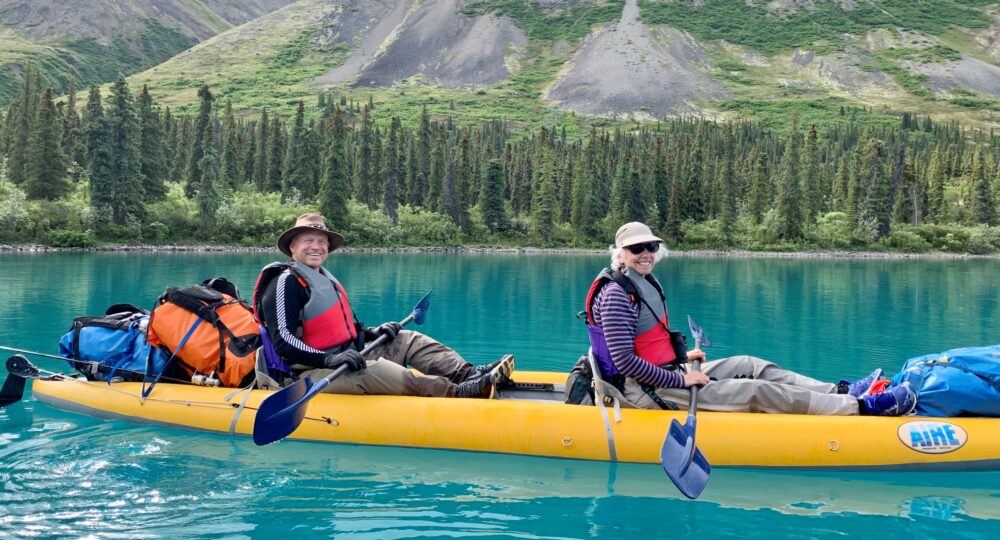
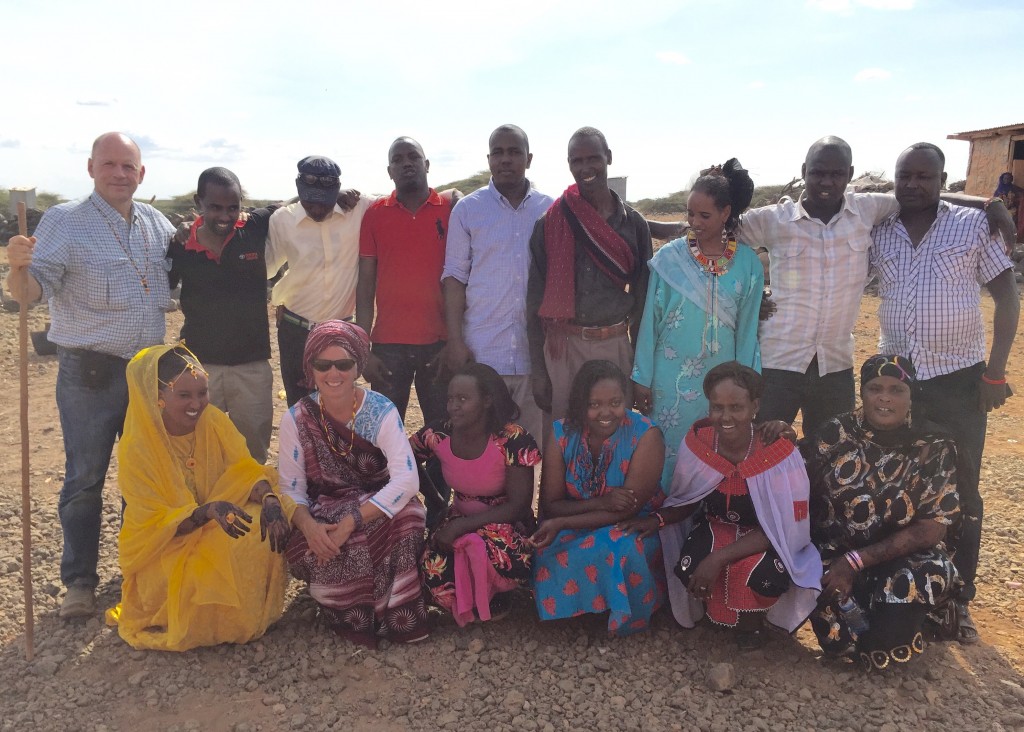

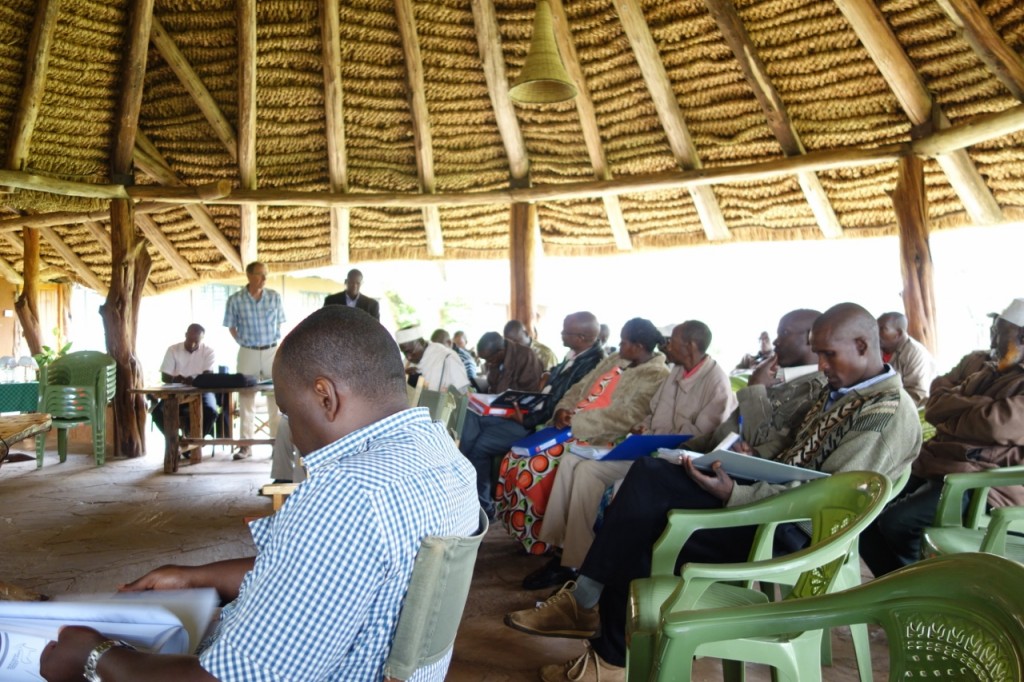
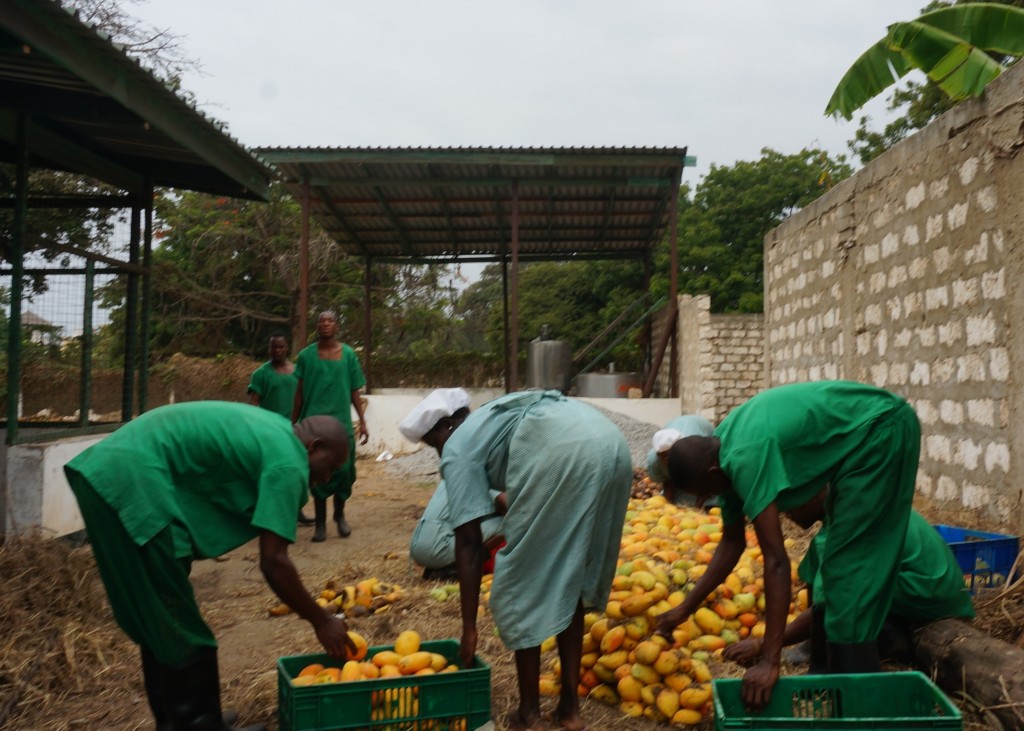
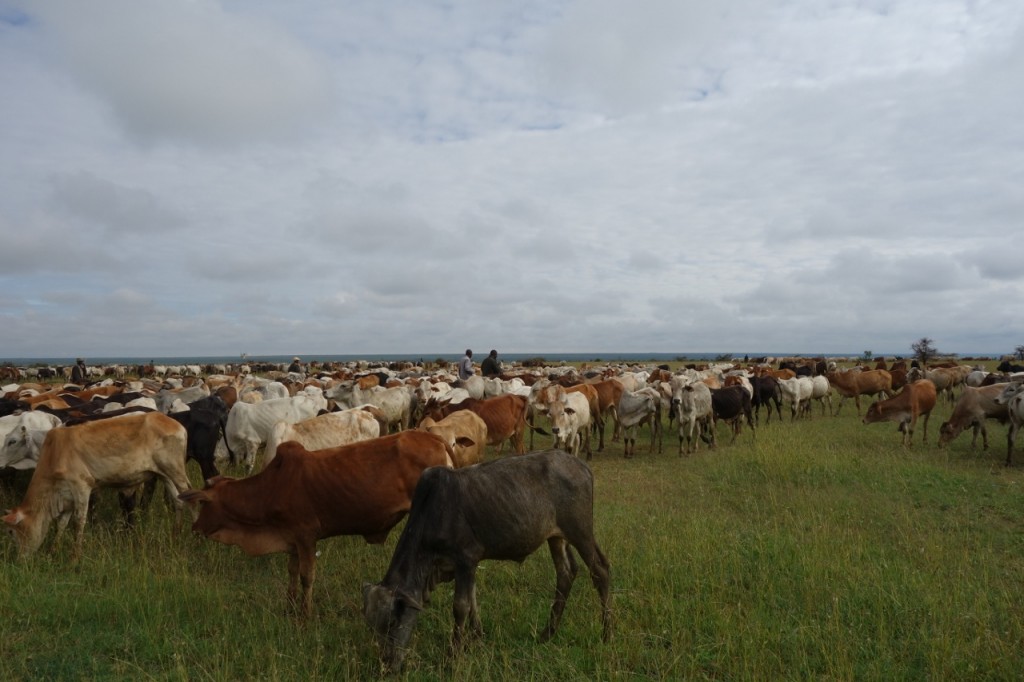
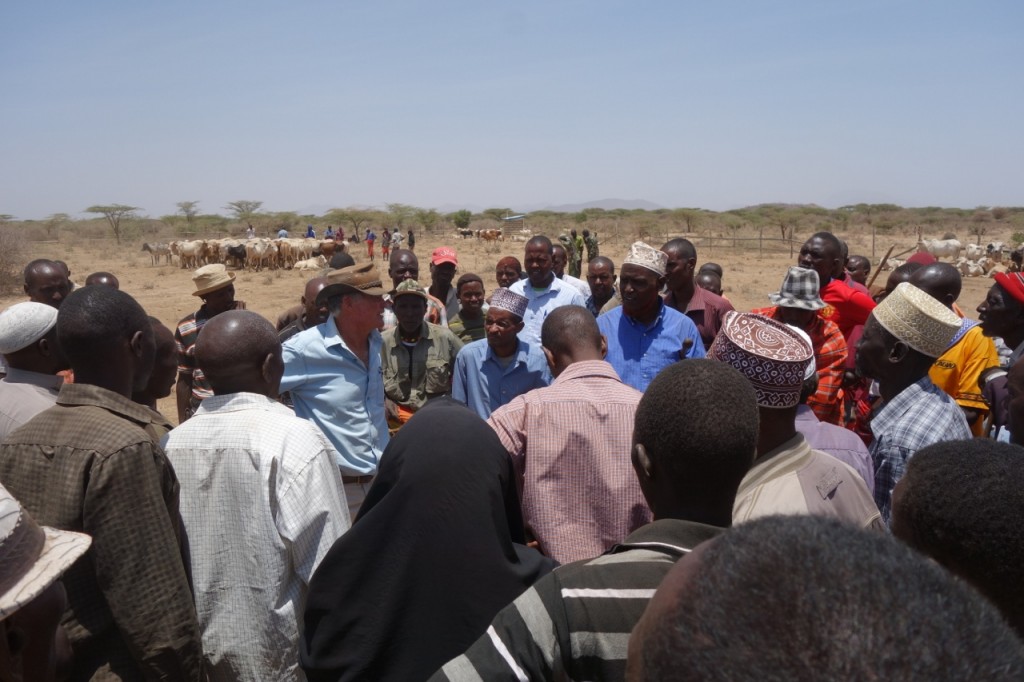
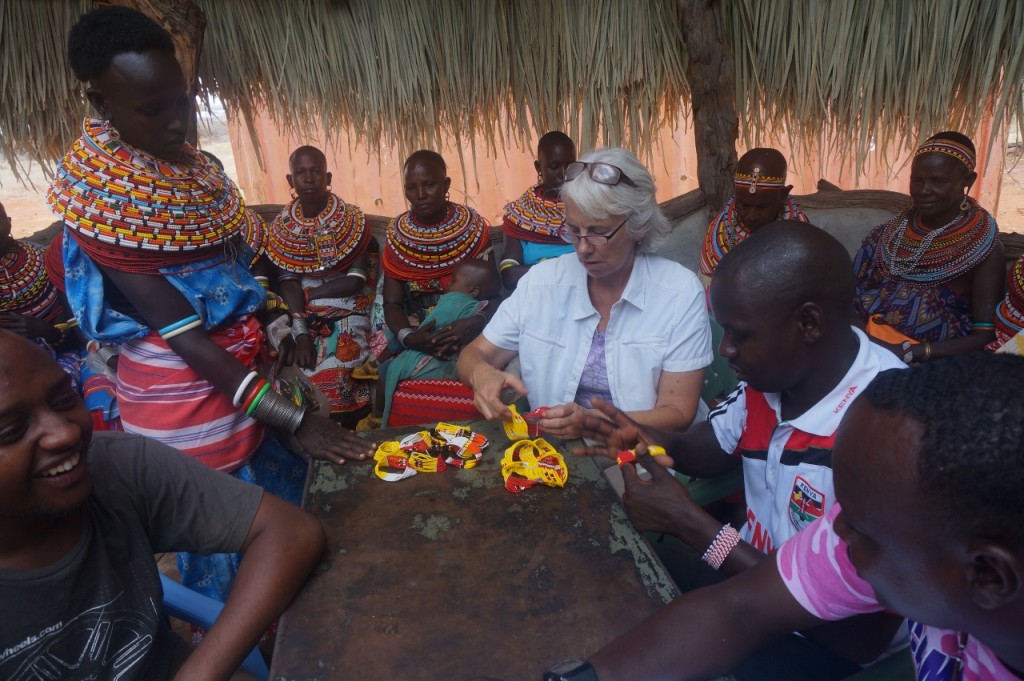
Anne, what a tremendous two years!!! Important article,beautifully written. Let me know when it might work for us to get together. It’s been too long!
Thank you for posting this info. Your corporate experience really qualified you for this volunteer assignment. I hope the folks that took the baton will continue your good efforts and have your vision and caring and respect for people to be honest.
This brought back memories and a different perspective. Awesome job.
Beautifully written story and wonderful recap of your two years, Anne. So intelligent, eloquent, and you help us picture the day to day. You and John are amazing. So happy to read and share this with others.I look forward to walks, hikes and mountain climbs with you now that you are home. Kudos to you and John.
Beautifully written, as always. And I’m glad you’re funay coming home to stay. I’ve missed you sooooo much.
“Finally”
Nice job!
Welcome back! I have so enjoyed your eloquence and attention to detail in these posts — and John’s too. I terribly excited to catch up when you have the time to get together. Well done, friend!
Loved the expansive reflection, Anne. Thank you. I know you and John think you are back in the States for good…………………… hhhhhmmmm……… we’ll see…………….. 🙂 You’ve got Africa in more than on the SOLE of your boots……..
You and John have made a lasting positive impact.